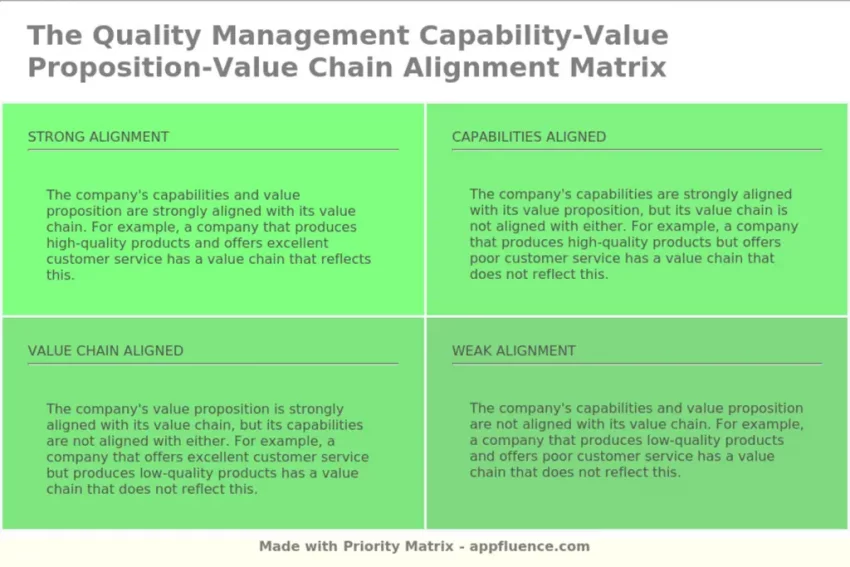It’s Friday, so we’re back with our book club. Today we are talking about a classic, often referred to as “GTD” because it’s so commonly talked about. The book itself is a quick read, but if you want the executive summary, we’re here to assist. Let’s go!
Introduction
“Getting Things Done” by David Allen is one of the most popular books on productivity and time management. The book has sold millions of copies and has been translated into more than 30 languages. It is an essential read for anyone who wants to become more productive, efficient, and effective in their personal and professional lives.
In this blog post, we will summarize the key takeaways from the book and explore how you can apply its principles to improve your productivity.
What is the GTD System?
The GTD system is based on the premise that our productivity is directly related to our ability to manage our tasks, projects, and goals effectively. The system consists of five stages:
- Capture: The first stage of the GTD system is to capture all your ideas, thoughts, and tasks in a trusted system. This can be a digital tool, such as Trello or Asana, or a physical notebook.
- Clarify: The second stage is to clarify what each item on your list means and what action is required. You need to decide whether to do it, delegate it, defer it, or delete it.
- Organize: The third stage is to organize your tasks and projects into categories and contexts. This helps you to prioritize your work and focus on what’s most important.
- Reflect: The fourth stage is to reflect on your work and review your progress. This helps you to stay on track and make adjustments as needed.
- Engage: The final stage is to engage with your work and take action. You need to focus on the most important tasks and work on them until completion.
The Benefits of the GTD System
The GTD system offers several benefits, including:
- Increased productivity: The GTD system helps you to get more done in less time. By organizing your work and focusing on what’s most important, you can achieve your goals faster and more efficiently.
- Reduced stress: The GTD system helps you to manage your workload and reduce stress. By capturing all your ideas and tasks in a trusted system, you can free up mental space and reduce the risk of forgetting important tasks.
- Improved decision-making: The GTD system helps you to make better decisions by providing a clear framework for prioritizing your work. By clarifying what each item on your list means and what action is required, you can make informed decisions about what to do next.
Applying the GTD System
To apply the GTD system, you need to follow these steps:
- Capture everything: Make sure to capture all your ideas, tasks, and goals in a trusted system. This can be a digital tool, such as Trello or Asana, or a physical notebook.
- Clarify what each item means: Once you’ve captured everything, take the time to clarify what each item on your list means and what action is required. Decide whether to do it, delegate it, defer it, or delete it.
- Organize your tasks: Organize your tasks and projects into categories and contexts. This helps you to prioritize your work and focus on what’s most important.
- Reflect on your progress: Take the time to reflect on your work and review your progress. This helps you to stay on track and make adjustments as needed.
- Engage with your work: Finally, engage with your work and take action. Focus on the most important tasks and work on them until completion.
Parting words
In conclusion, “Getting Things Done” by David Allen is a must-read book for anyone who wants to become more productive, efficient, and effective in their personal and professional lives. The GTD system is a proven framework for managing your tasks, projects, and goals, and you can even use it with Priority Matrix.
If you would like us to cover another book that you’ve been itching to learn about, let us know using the link above!

